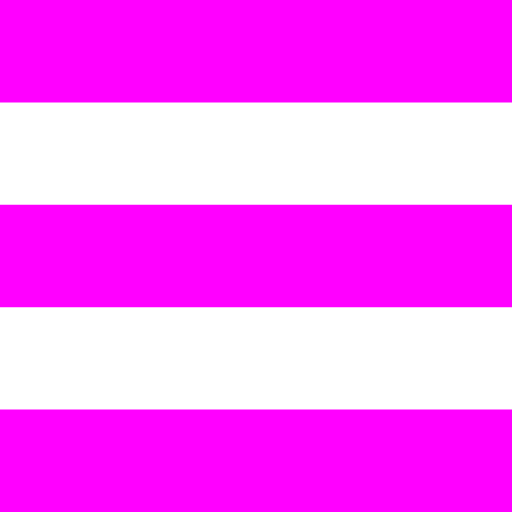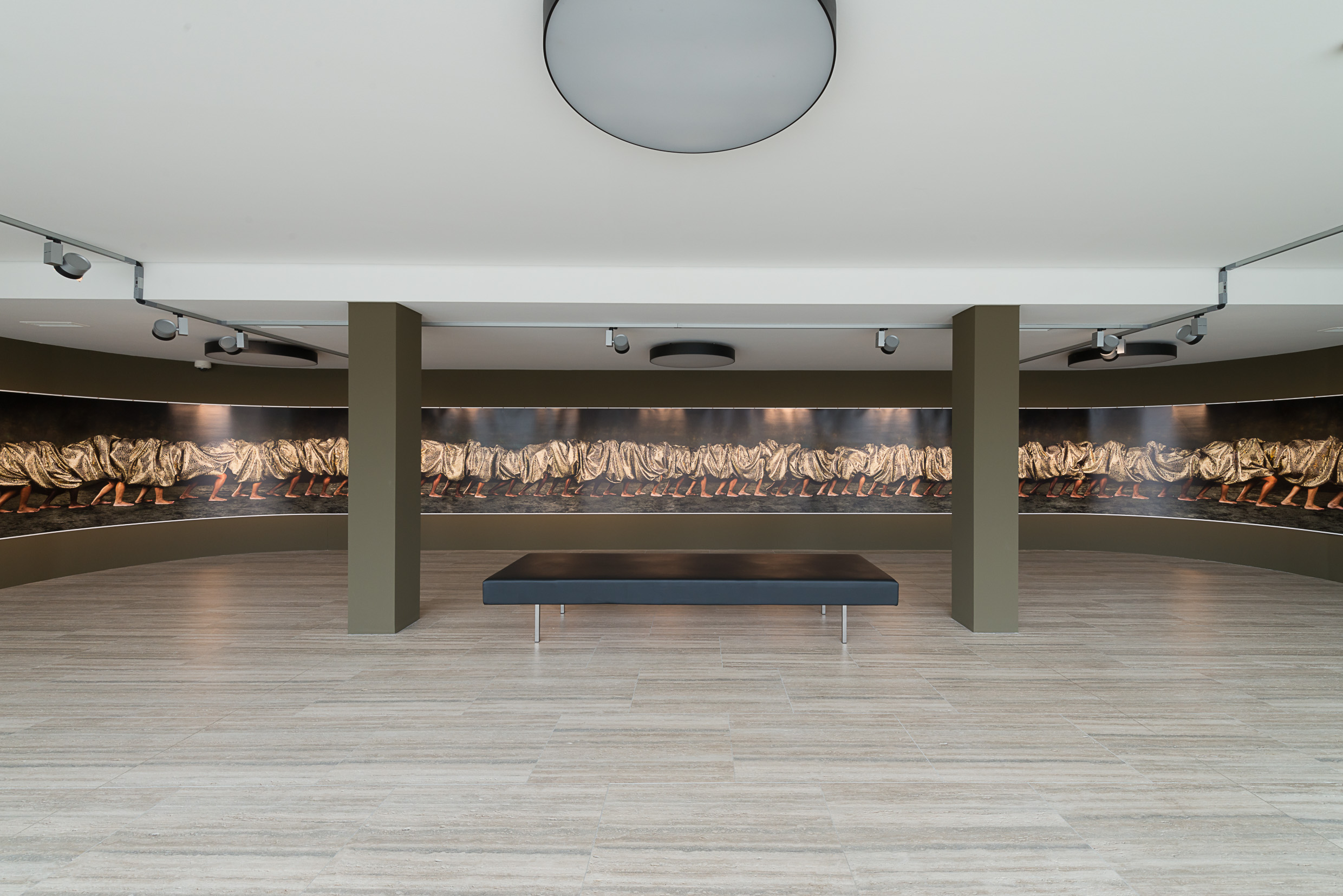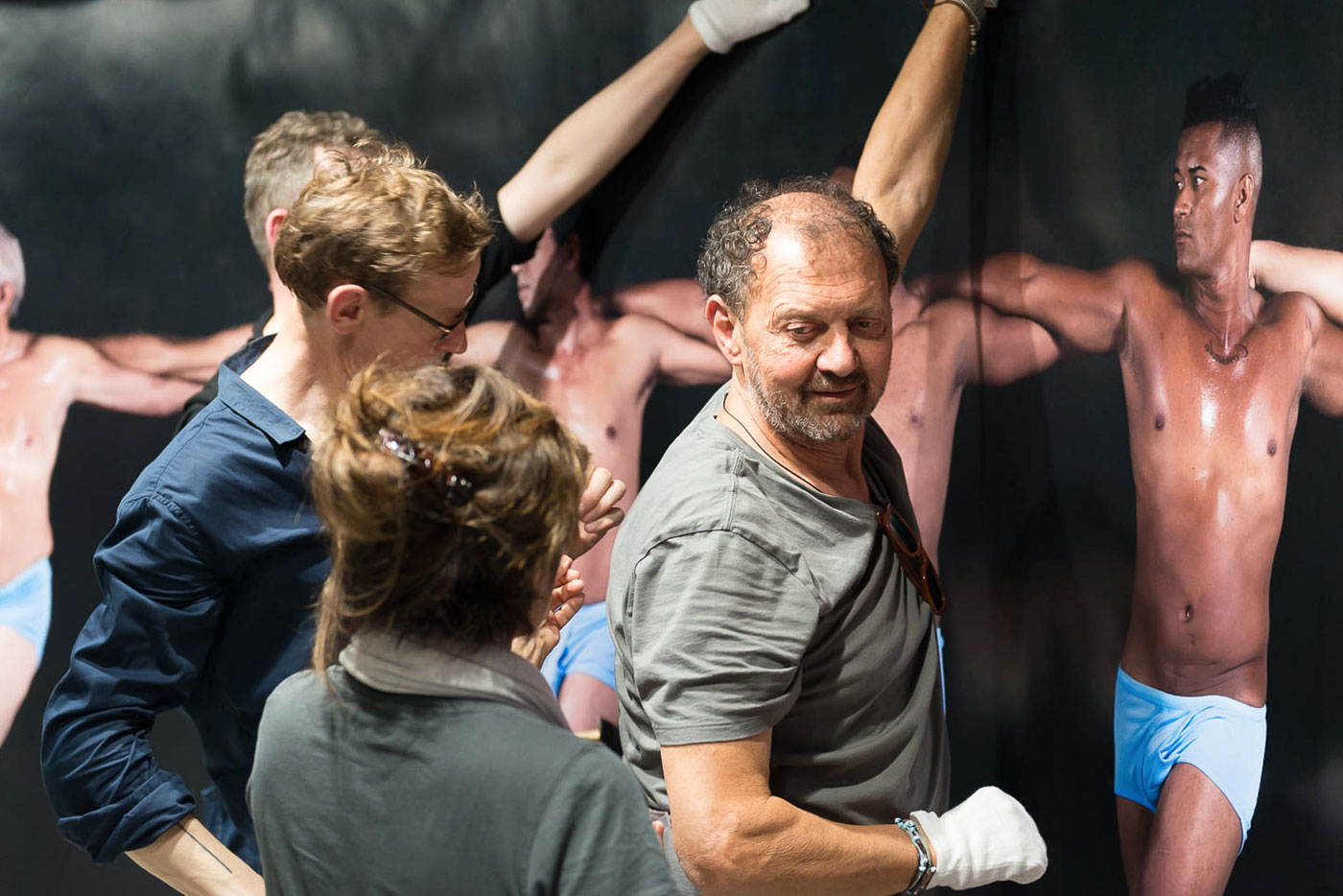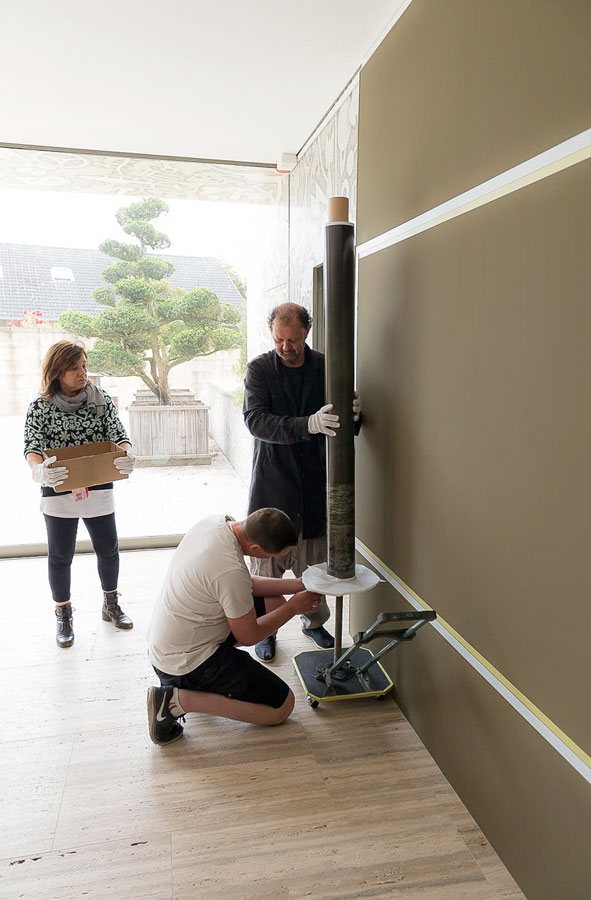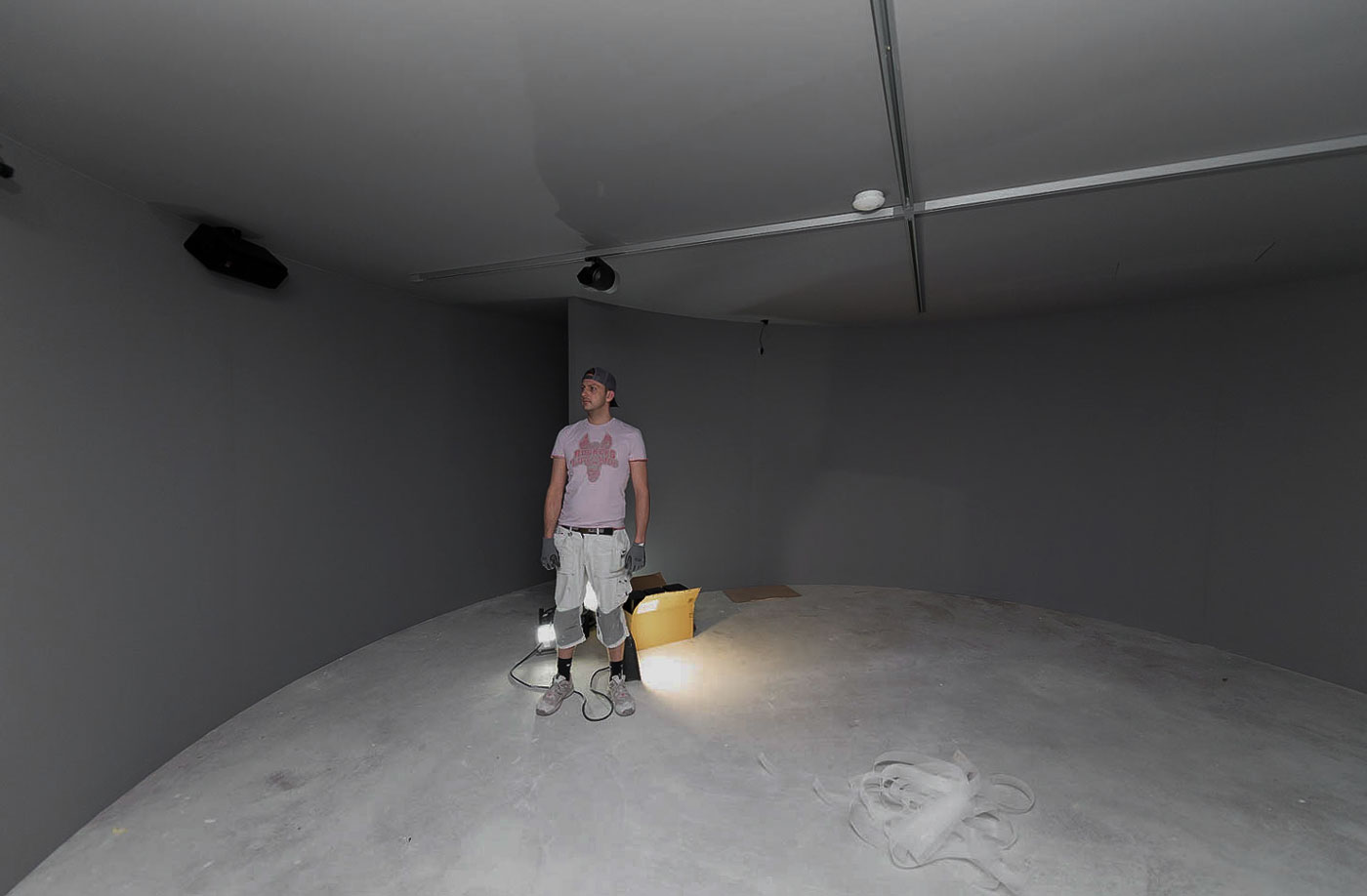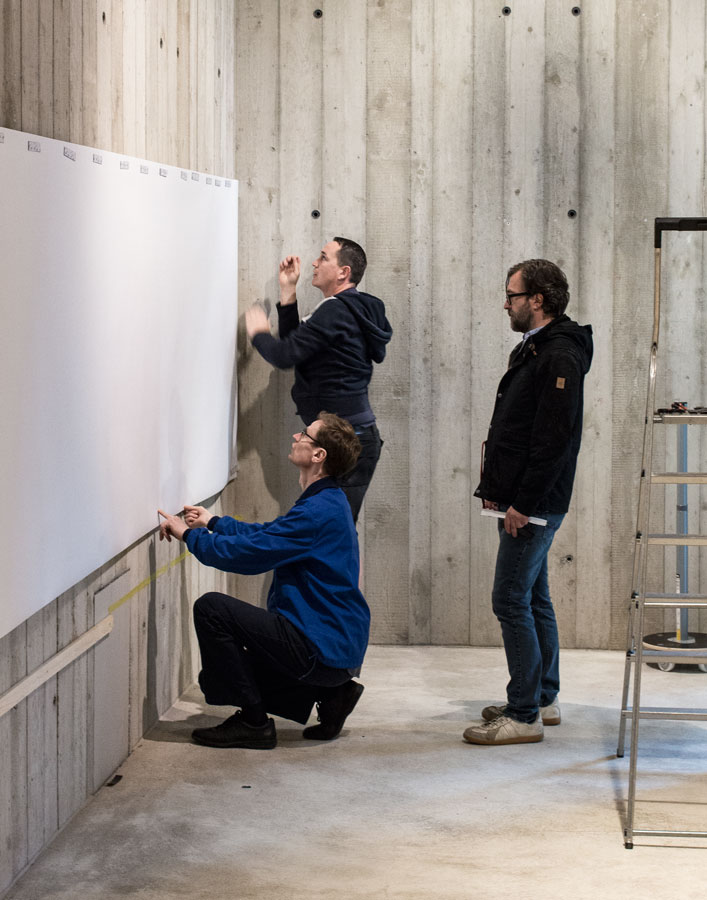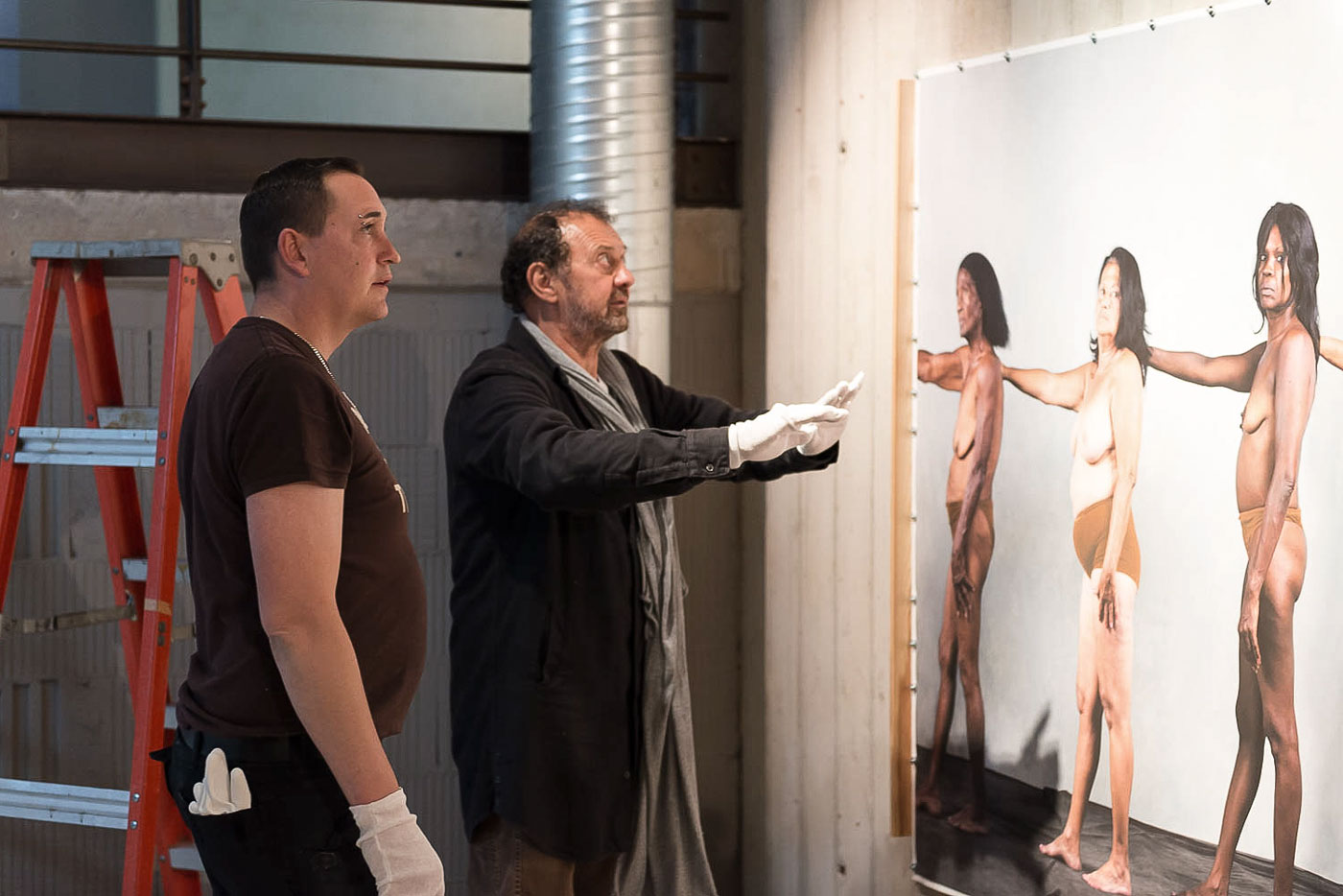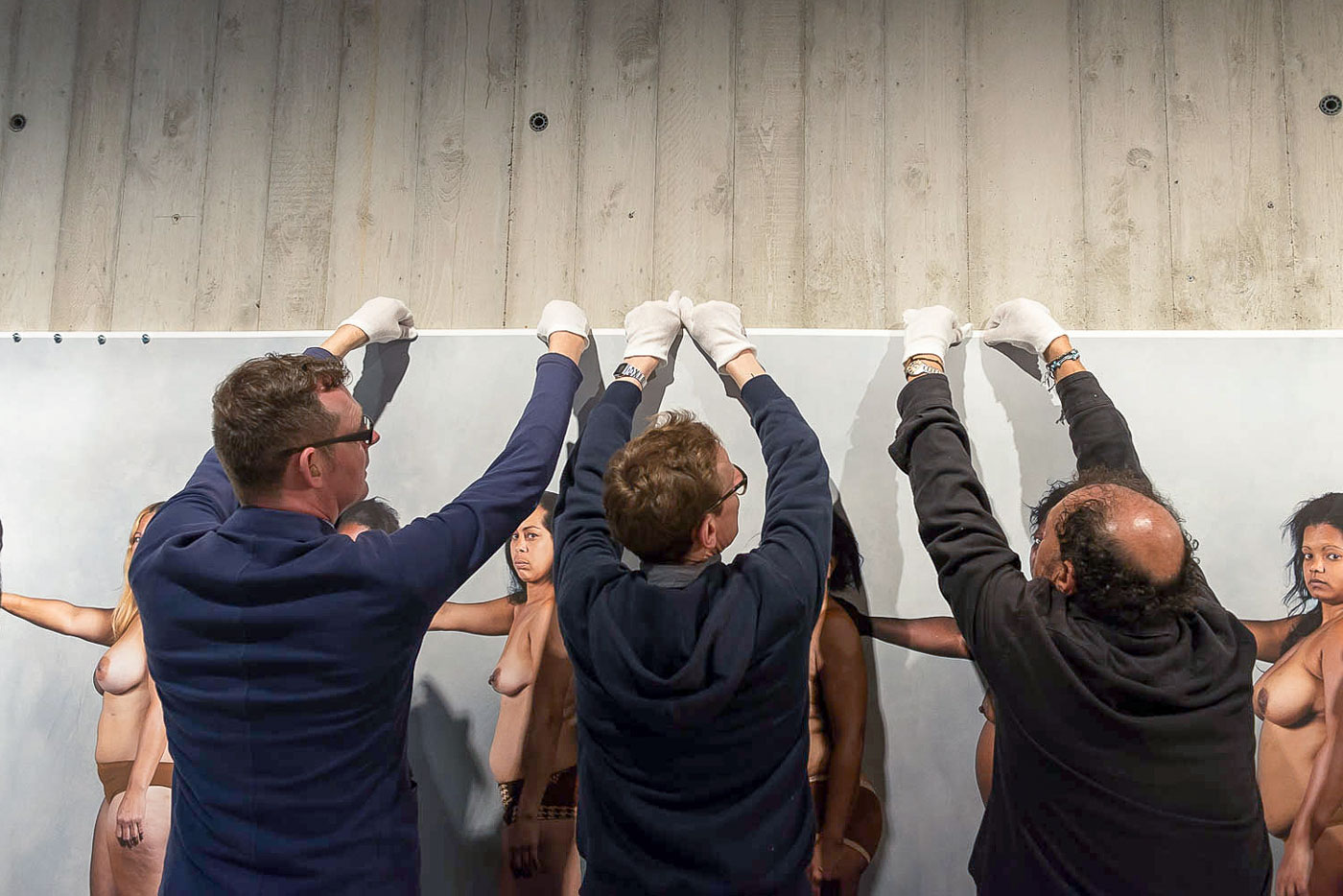The title of the exhibition refers to the philosophical novel On the Best State of a Republic and on the New Island of Utopia published in 1516 by the English humanist, writer, and statesman Thomas More. His vision of the ideal future society gave birth to social utopias as a literary genre.
Cuban-Israeli photographer Enrique Rottenberg’s group of works entitled “Utopia” uses staged images of human beings to design an ideal, supposedly perfect society. With tremendous empathy, humor, and acidic satire, Rottenberg pictures his Cuban countryman and women in life-size, space-filling photographic portraits and group images. “Utopia” at the Kunsthalle HGN was the artist’s first solo exhibition in Germany.
The son of Polish-Jewish parents, Enrique Rottenberg was born in Argentina in 1948. Aged 13, he moved to Israel on his own and later became a successful real estate developer, film director, script writer, and film producer. Since 1993, Cuba has been his home of choice where he has participated in numerous exhibitions.
The Making of
The construction of the partitions and screens began in late May. One major challenge was the conception and execution of the walk-in, sound-insulated shell for the 20-meter-long work “The Dance” in which visitors would be exposed to extremely loud music while the outside space was to be absolutely silent.
The hanging of the photographs, some of which measured up to 27 meters, was a demanding task requiring plenty of talent for impromptu solutions. For days on end, the delicate paper prints had to be re-aligned time and again until everything finally came together.
